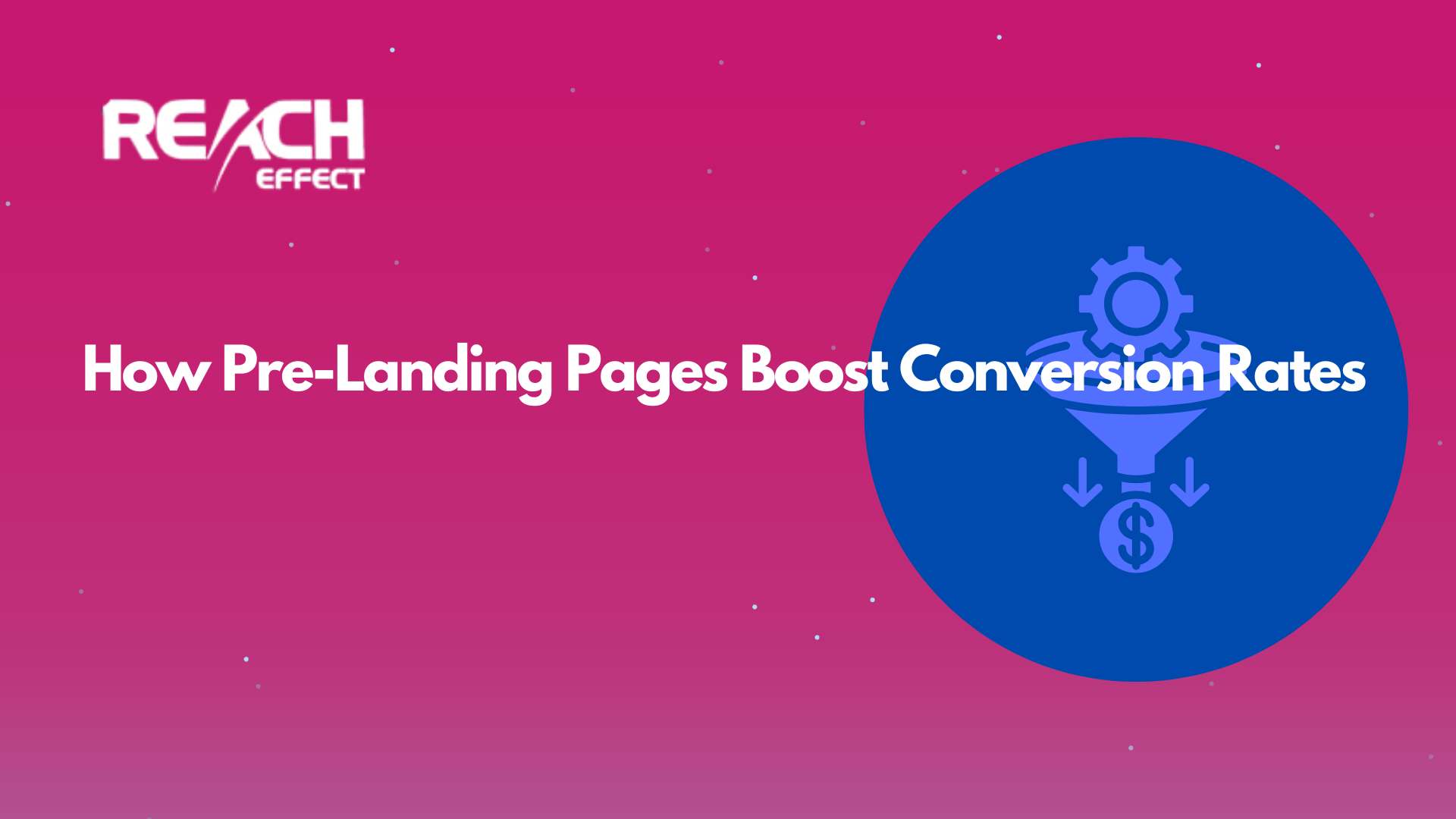Affiliate marketing offers a great way to earn income by promoting products or services online. However, success depends on tracking your affiliate sales accurately. Without proper tracking, you might miss out on commissions or struggle to understand what’s working in your strategy.
In this article, we’ll walk through everything you need to know about how to track affiliate sales and improve affiliate conversion tracking. By the end, you’ll feel confident in setting up and managing your tracking process effectively. This guide is tailored with insights that align with tools like those offered by Reacheffect, a platform designed to simplify affiliate marketing.
Why Tracking Affiliate Sales Matters
Accurate tracking forms the foundation of affiliate marketing. For affiliates, it ensures you get paid for every sale you drive. Imagine spending time promoting a product only to find out the sales weren’t credited to you. That’s a problem accurate tracking solves. For businesses running affiliate programs like a VPN program, it helps identify which affiliates bring in the most customers. This allows you to reward top performers and refine your marketing efforts.
Tracking also provides data to guide your decisions. You can see which products sell well, which links get clicks, and which strategies deliver results. Without this information, you’re guessing instead of planning. Reliable tracking turns effort into measurable success.
Methods to Track Affiliate Sales
Several methods exist for tracking affiliate sales. Each one has its own role in ensuring accuracy. Let’s break them down in simple terms.
Affiliate Links
Affiliate links are unique URLs given to each affiliate. They contain a special code that ties a sale back to you. For example, a link might look like www.store.com/product?aff=yourID. When someone clicks it and buys something, the system knows you sent them. These links are easy to use and form the backbone of most affiliate programs.
Cookies
Cookies are small files stored on a customer’s browser. They track actions like clicks or purchases. When someone clicks your affiliate link, a cookie marks them as your referral. If they buy later, even days or weeks after, you still get credit. The time a cookie lasts varies by program, from a day to a month or more. Cookies help with affiliate conversion tracking by capturing sales that don’t happen right away.
Tracking Pixels
Tracking pixels are tiny images placed on a website. They load when someone visits a page, like a purchase confirmation page. When the pixel activates, it records the sale and links it to your affiliate ID. Pixels add an extra layer of accuracy, especially when paired with links and cookies.
Server-to-Server Tracking
Server-to-server tracking connects the affiliate’s server directly to the merchant’s server. It’s less common and more technical, but it’s highly accurate. This method doesn’t rely on cookies, making it useful when browsers block them. It’s best for advanced users or larger programs.
Picking the Right Tools
Manually tracking sales sounds exhausting. That’s where affiliate tracking software comes in. These tools automate the process and give you clear reports. When choosing software, look for a few key features. It should be easy to use, especially if you’re new to this. It needs to support multiple tracking methods like links and pixels. Good reporting is a must, so you can see your sales and commissions at a glance. Integration with your website or other tools is also helpful.
Reacheffect offers a solution that fits these needs. Our platform provides real-time tracking and detailed analytics. Whether you’re an affiliate or managing a program, it simplifies how to track affiliate sales with precision.
How to Set Up Tracking
Setting up affiliate tracking depends on whether you’re an affiliate or a business. Here’s how both sides can get started.
For Affiliates
- Join an Affiliate Program: Find a program that matches your audience. Options like Amazon Associates or niche-specific networks are good places to start.
- Get Your Links: After signing up, you’ll receive unique affiliate links. These are your tools for earning commissions.
- Share Links: Place them on your blog, social media, or emails. Always mention they’re affiliate links to stay transparent.
- Check Results: Use the program’s dashboard or software like Reacheffect to track clicks and sales.
For Businesses
- Choose a Platform: Pick tracking software that suits your needs. Reacheffect is a strong choice for managing affiliates.
- Set Rules: Decide on cookie length, commission rates, and payment terms.
- Invite Affiliates: Reach out through your site or networks to build your team.
- Support Your Team: Provide links, banners, and tips to help affiliates succeed.
Understanding Your Data
Once tracking is active, you need to look at the numbers. This helps you improve affiliate conversion tracking and boost results. Focus on a few key points. Clicks show how many people visit your links. Conversions tell you how many of those clicks turn into sales. Earnings per click combines these to show your average profit per visitor. Check which products or channels perform best. If your blog drives more sales than social media, shift your focus there. Regular reviews keep your strategy sharp.
Solving Tracking Problems
Even with good tools, issues can pop up. Here’s how to handle common ones.
Blocked Cookies
Some browsers block cookies for privacy. This can mess with tracking. Use pixels or server-to-server methods as backups if you have to do cookieless advertising. Combining techniques keeps your data solid.
Data Mismatches
Sometimes your numbers don’t match the program’s. Time zones or different tracking setups might be the cause. Talk to your program manager to sort it out.
Link Issues
If links break or don’t track right, test them before sharing. A quick click can save headaches later.
Wrapping Up
Knowing how to track affiliate sales accurately sets you up for success. It’s about using the right methods, picking smart tools, and staying on top of your data. Affiliates can maximize commissions, while businesses can grow their programs. Challenges happen, but they’re manageable with a little know-how.










